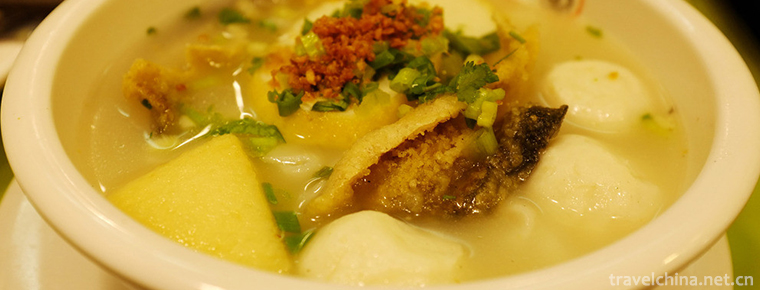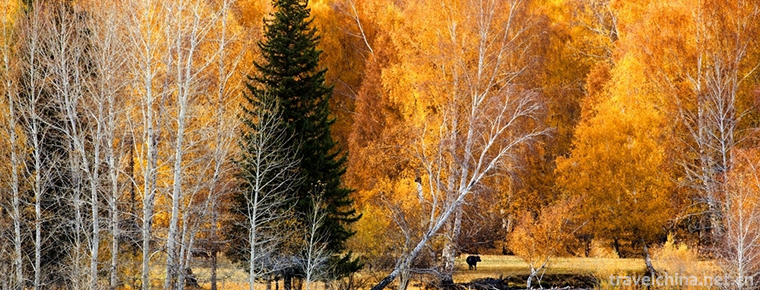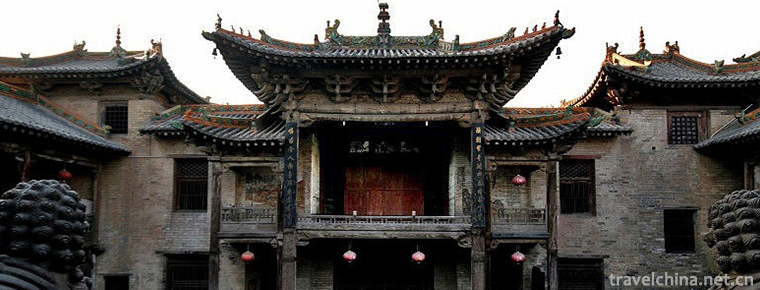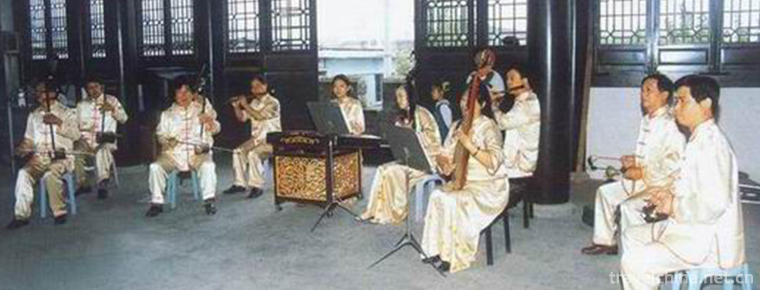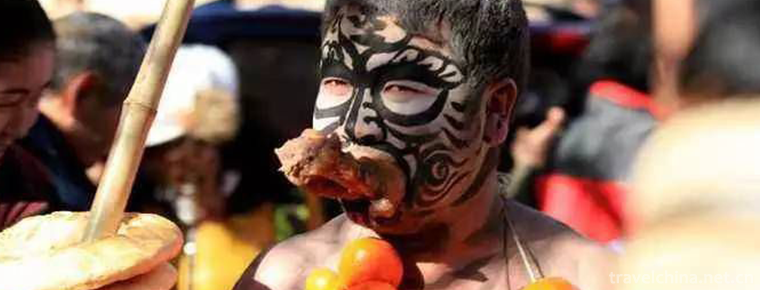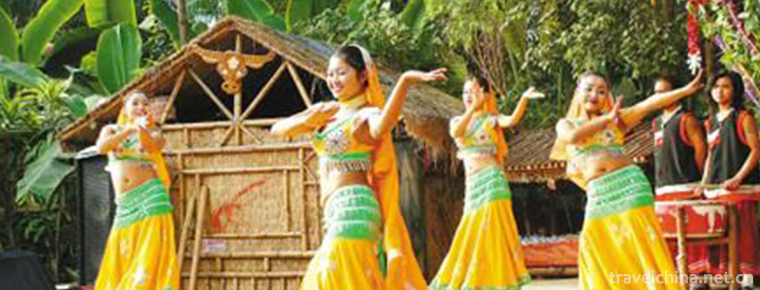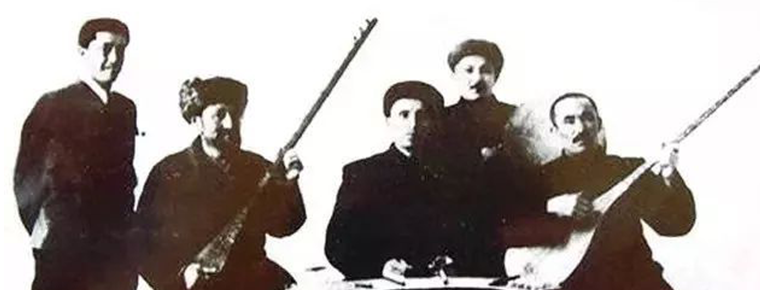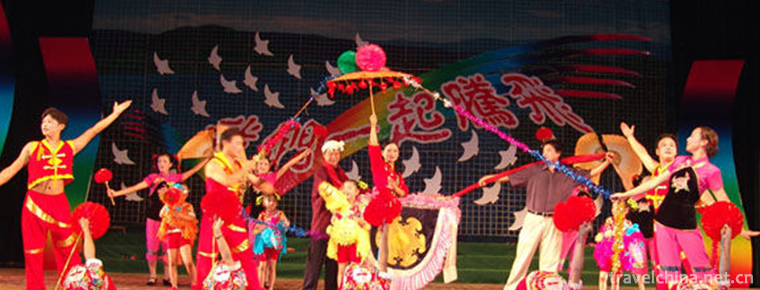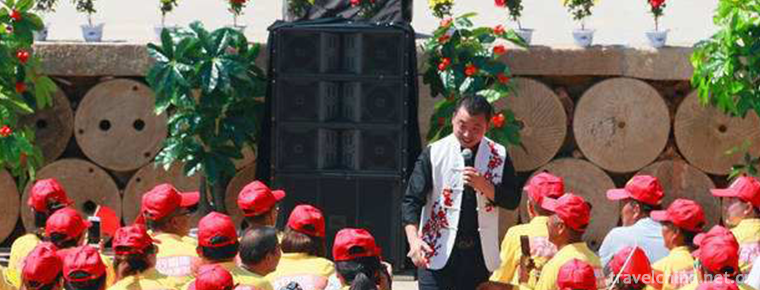Tong li ancient town
Tongli Ancient Town belongs to Wujiang District, Suzhou City, Jiangsu Province. It was built in Song Dynasty. There are many gardens, temples, residences and former residences of celebrities built in Ming and Qing dynasties in the town area. Fifteen small rivers in the shape of "Chuan" separated the town into seven islands, while 49 old bridges connected it into one, known as "small bridges, running water, homes".
Tongli's history can be traced back to "Songze Culture" and "Liangzhu Culture" five or six thousand years ago. As early as the Neolithic Age, there were ancestors here to slash, burn and breed. Superior natural conditions make it the richest place in Wudi, hence the original name "rich land".
Pre-Qin Dynasty has become a bazaar, which belongs to Wu County, Huiji County, and prosperous in Han and Tang Dynasties. In the early Tang Dynasty, it was renamed Tongli because its name was too luxurious. Shang belongs to the village and city, in Jiuli village. In the third year of Hou Liang Kaiping (909), Qian Si, king of Wu and Yue, demarcated the southern border of Wu County and the northern border of Jiaxing, and located Wujiang County. Tongli belonged to the Huahua Township of Wujiang County.
In the Song Dynasty, Feihua Township was officially established as Fanyu Township in Tongli. The old name "rich soil" is overlapped, and then the word is divided into two parts. The first half is "the same", and the second half is "the field" and "the soil" are added together to become "the same".
During the Yuan and Ming Dynasties, Tongli gradually moved to the south, because there were three East-West rivers in the town, forming the "Sichuan" type, also known as "Tongchuan". Tuncun became a market in the Han Dynasty, which was originally called Tunshi. It had reached a prosperous period in the early Tang Dynasty. During the reign of Song Jianyan, more than 1000 families lived here.
In Yuan and Ming Dynasty, Yi Shi was a village. In the 16th year from Yuan to Zhengzheng (1356), Zhang Shicheng's brother Zhang Shide, according to Wujiang, separated Tan Daoji to guard Dongguan of Tun City, and controlled Xiuzhou and Songjiang's two main choices. During the Jiajing period of the Ming Dynasty, hundreds of residents, more than half of whom were ironworkers, increased slightly and became self-employed. In the first year of Hongzhi in Ming Dynasty (1488), Tuncun belonged to Jiuyong Township, Wujiang County.
The administrative region was readjusted during the reign of Qianlong in the Qing Dynasty. Originally living in Tongli Town, watermen built houses on the freed River plug of several mu, which is also a bustling city, called "new land filling". The town continued to expand to the southeast. Xuantong two years (1910) to promote regional autonomy.
In the first year of the Republic of China, Tongli City Office was established.
In October 1985, Tongli Town and Township were merged to implement the system of town management.
Tongli ancient town was listed as one of the national scenic spots of Taihu Lake in 1980 and provincial cultural relics protection unit in 1982.
In 1992, it was listed as a provincial cultural relic protection town. In 2000, Tusi Garden was listed as World Cultural Heritage by UNESCO.
In 2010, it was assessed as a national 5A tourist attraction by the National Tourism Administration.
Folkways custom
Three bridges
It is a prayer activity for people to avoid disaster and pray for their children's blessings. The "Three Bridges" in the custom of "Three Bridges in Tongli" refers to three ancient stone bridges: Taiping Bridge, Jili Bridge and Changqing Bridge, standing on top of each other, less than 50 meters apart and sleeping quietly in the ancient town of Tongli. It is the treasure of Tongli Bridge in the ancient town.
In 2011, the people's government of Wujiang City (today's Wujiang District) announced the custom of walking three bridges in Tongli as the fourth batch of Wujiang City-level intangible cultural heritage list projects.
Lotus box
Lianxiang is a kind of folk self-made instrumental music which is popular in Jiangsu, Zhejiang and Shanghai. It generally chooses green bamboo with a length of one meter and an inner diameter of about two centimeters as raw materials. Artists make a perforation on the bamboo tube every 10 centimeters from the two ends. Two copper coins are embedded in the hole (the hole is slightly larger than the copper coin, which can shake the copper coin). They are fixed with screw nuts, and red, green and yellow silk ribbons are tied here. 。 Generally, three holes are punched at each end and three pairs of colorful ribbons are tied.
Beating lotus chamber is that artists hold lotus chamber and beat their hands, feet, arms, shoulders and legs with lotus chamber according to various methods with music. When dancing, the copper money in the lotus box will make a pleasant sound, and the colorful ribbons will fly up and down, which is very beautiful. At the beginning, lotus chamber artists were usually men, wearing white clothes and trousers, performing in temple fairs and major events. Later, the woman also played lotus box. Women often wear blue print shirts and blue cloth fragmented headscarves, dancing in various festive places and festivals.
Scenic spot evaluation
Chen Congzhou: Tongli is named after water. No water is different.
Mark, a senior lecturer at the University of Manchester, UK, said: "The real life of ancient town residents is perfectly integrated with historical buildings."
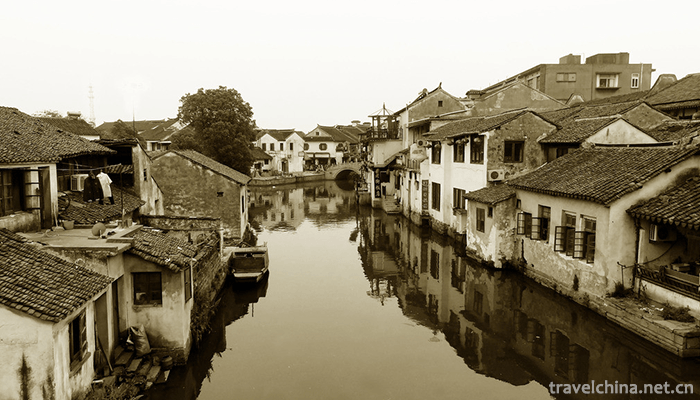
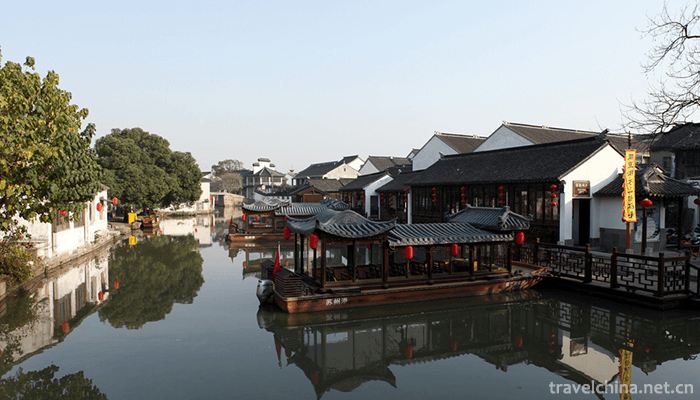
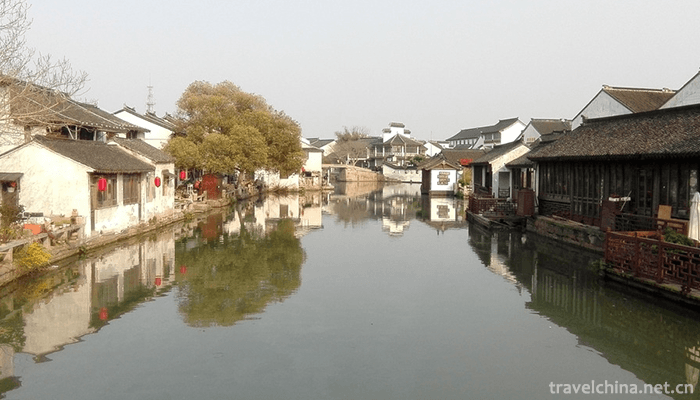
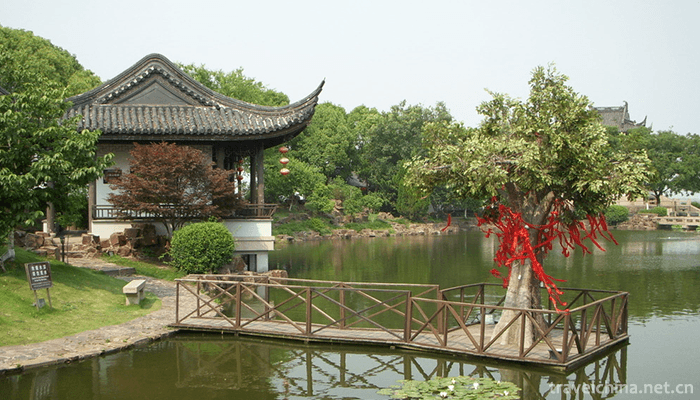
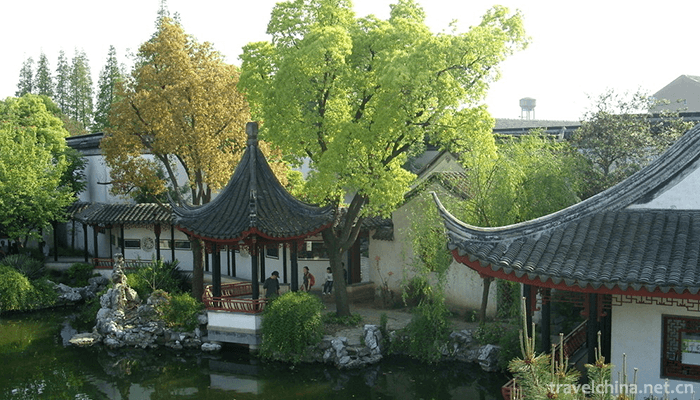

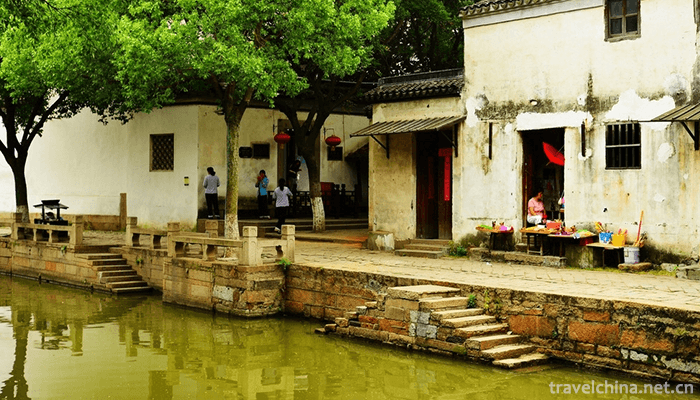
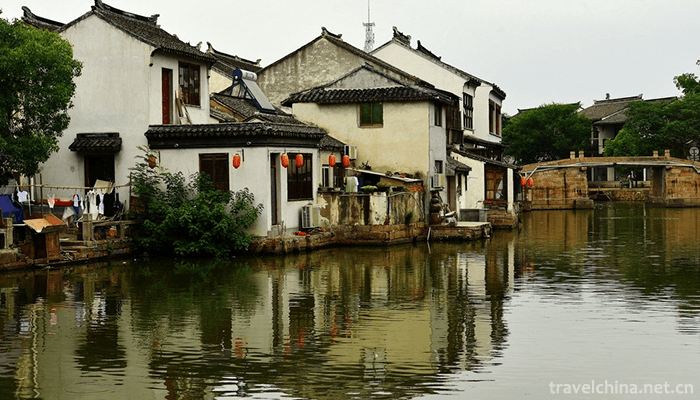
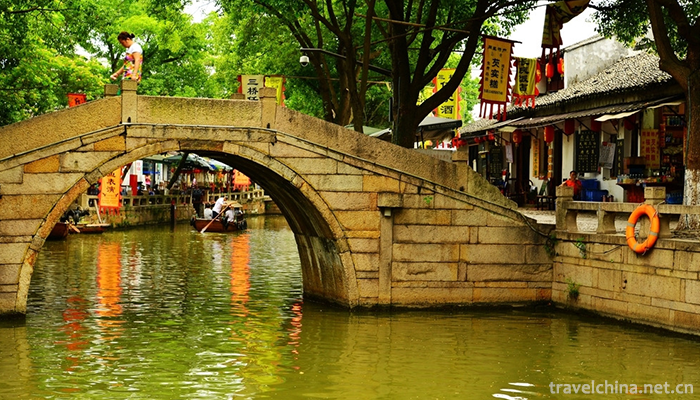
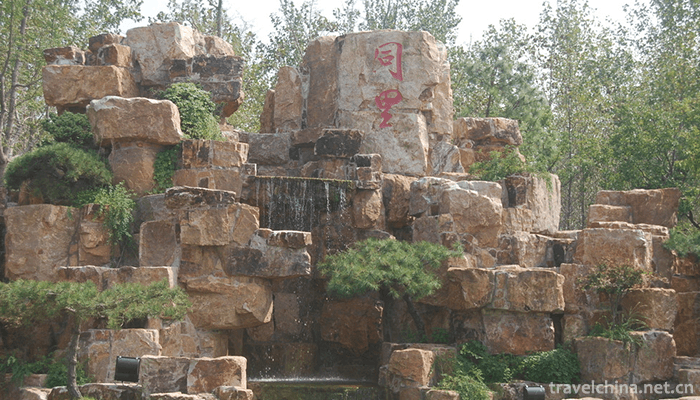
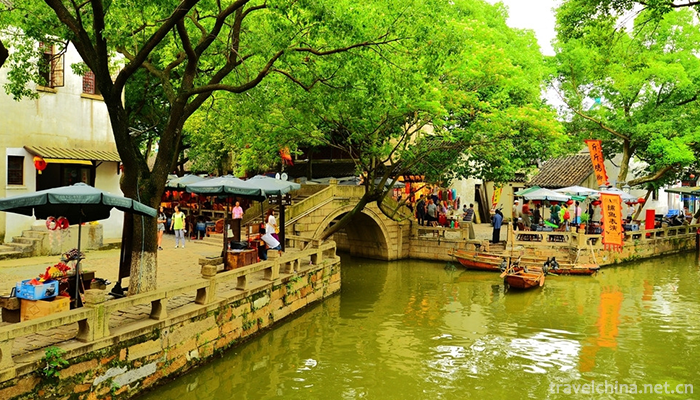
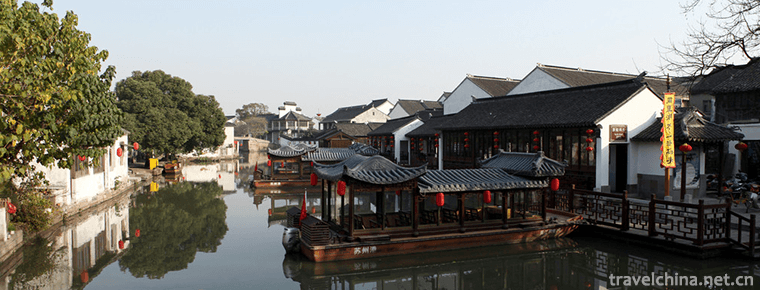
Tong li ancient town
-
Fish egg powder
Fish egg powder was originally a food in Chaozhou. It began to spread to Guangzhou in the Guangxu period. Today, the operation of Chaozhou
Views: 247 Time 2018-11-14 -
Fang te tourist area
Fang te tourist area is elaborately built by Huaqiang Fontewen Technology Group. It is a comprehensive leisure tourism resort integrating theme parks
Views: 222 Time 2018-12-08 -
Cocotto Sea Scenic Area
The Cocotto Sea Scenic Area and Xinjiang Cocotto Sea National Geological Park, located in Fuyun County, Altay District, northern Xinjiang, covers an area of 788 square kilometers,
Views: 210 Time 2018-12-12 -
The Story of Guangchan Marquis
The story of Guangchan Marquis refers to a local folklore widely circulated in Yangcheng County, Jincheng City. Guangchan Marquis refers to an ordinary folk veterinarian in the Northern Song Dynasty
Views: 173 Time 2019-05-01 -
Shaoxing Ci Tone
Shaoxing Ci Diao, also known as Flower Diao, is commonly known as vernacular. It is a traditional folk song sung by blind artists (most of whom are women), and a story sung by three to nine people in
Views: 159 Time 2019-06-14 -
Adjustment and suspension
Lifting is a unique folk sports event in Shaoxing City, Zhejiang Province. Appeared in the middle and late Qing Dynasty, the tuning and hanging actors were named "tuning and hanging" because
Views: 109 Time 2019-06-21 -
The Tu nationality in Yuqiu
Tu nationality, spread in Nianduyu Village, Tongren County, Qinghai Province, is a unique local folk culture form. It is held from November 5 to 20 of the lunar calendar every year. It includes ceremo
Views: 230 Time 2019-06-23 -
Qing Opera of Wa Nationality
The Wa Qing Opera belongs to the high-pitched system, with different roles for men and women. The roles are similar to those of Sheng, Dan, Jing and Wei. Use a dye called "Red Drug" to colou
Views: 151 Time 2019-06-25 -
Uzbek Ehilai and Yelai
Uzbek Ehilai and Yelai are mainly distributed in Kashgar, Shache, Yecheng and Yining, Ili Kazakh Autonomous Prefecture, Xinjiang Uygur Autonomous Region. Uzbek people have excellent music and dance cu
Views: 135 Time 2019-06-29 -
Yangxin Tea Picking Opera
In May 2011, Gao'an City, Jiangxi Province, Linchuan District, Fuzhou City, Shaoguan City, Guangdong Province declared that tea-picking operas (Gao'an tea-picking opera, Fuzhou tea-picking opera, nort
Views: 249 Time 2019-07-10 -
Left power blossoms
The style of Zuoquan folk songs began to take shape in Sui Dynasty. In 1930s, Zuoquan flowering tune was derived from Zuoquan folk songs. Zuo Quan's blooming tunes are exquisite in conception, novel i
Views: 394 Time 2019-08-16 -
Peking Union Medical College
The Chinese Academy of Medical Sciences was established in 1956. Peking Union Medical College was founded in 1917. Since 1957, the Chinese Academy of Medical Sciences and Peking Union Medical College
Views: 243 Time 2019-09-06
